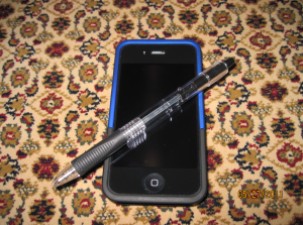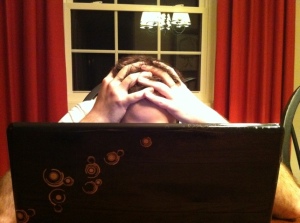Remember childhood birthday parties?
My most memorable childhood birthday party was venued at a kid’s party place called Chuck E. Cheese’s. It was tagged as “a place where a kid can be a kid.” They could have added, “and where a parent should be on Xanax.”
Chuck E. Cheese’s, like Gaul, was divided into three parts: the video arcade, the restaurant, and the pit of plastic balls. For a brief period of time in my life, it was the place to be. Nintendo was still a few years away, and a room full of video games was a fantasy that most kids had only heard about in books. There was also skee-ball, and a mechanical seat that spun vertically on an eight-foot disc, just so that no parent would be deprived of the anxiety that a kid would fall on their watch. There were no windows, and the dim lighting punctuated by glowing neon beckoned children as they ran from game to game, their little pockets filled with tokens that bore the visage of Mr. Cheese. It was a lot like a casino.
The restaurant area was next to the arcade. I don’t remember them serving anything other than pizza. Even then, it was not so much pizza as a child’s conception of pizza. It was as if someone had taken an already baked crust, poured on tomato sauce straight from a jar, threw on a few individually wrapped slices of cheese, and placed it in a microwave that said “Fisher Price” in the top right corner. A pie of this toy pizza cost only $15, with an additional $3 for Maalox.
Whilst dining, the children were entertained by band of robots dressed to look like Chuck E. Cheese and his entourage. When the music played, the robots would jerk their heads and shoulders around, and their arms would hold up instruments. If you ate enough pizza, you could pretend you were seeing Joe Cocker dressed as a mouse.
The best part of hosting a birthday party at Chuck E. Cheese’s was that the kids were constantly running around and screaming. In the melee it was hard to keep track of which kids had been picked up by their parents, and which ones might be still be snorkeling in the ball pit.
My father went looking for the missing, but he was told that you had to be under 4 feet tall to enter the pit. So he had to rent an ocean-floor sonar scanner to find the rest of my guests. While the machine was on someone thought it was a video game and lodged a token in the circuits, and my father couldn’t get his deposit back.
Finally, the guests had either left or the search ended, and my parents and I sat amidst a pile of wrapping paper, pizza crusts, and a cake that an aspiring acupuncturist had poked with a thousand stabs of a plastic fork. I don’t remember blowing out the candles, and I don’t remember unwrapping the gifts. But the look of relief on my parents’ faces as we walked to the car will stay with me forever.
Did you have a memorable birthday party as a child? Did you ever throw your child a birthday party and survive?
Inspired by “The Birthday Party, by the numbers,” by Leanne Shirtliffe at IronicMom.com.







